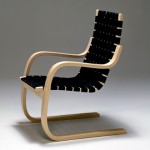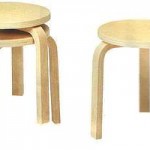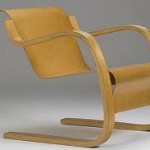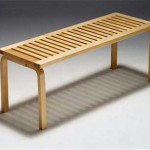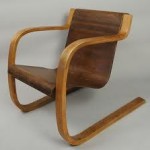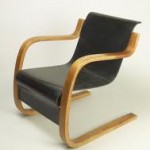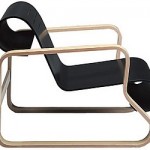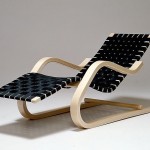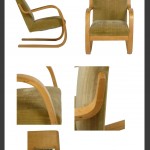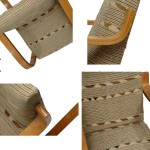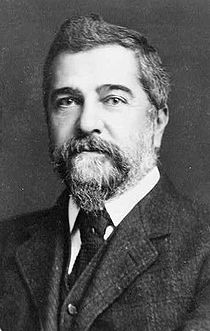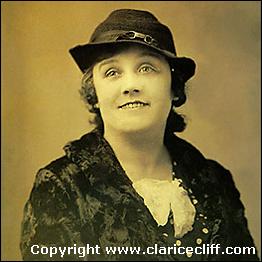Finish architect and furniture designer whose work during the 1920s and 30s had an enormous impact on 20thC design. Although mass-produced, Aalto’s furniture is highly original, distinguished by clean, simple lines and curves, and the innovative use of materials such as moulded plywood and tubular steel.
BIOGRAPHY
1898 Born in Kuortane, Finland to Johan Henrik Aalto and Selma Hackstedt.
1921 Completes an architecture diploma at Helsinki University of Technology. Work experience with Armas Lindgren in Helsinki and Arvid Berjke in Gothenberg, Sweden.
1923 Returns to Finland and opens the Alvar Aalto Office for Architecture and Monumental Art in Jyväskylä.
1924 Marries the architect Aino Marsio. They work together on small local projects such as housing and student clubs.
1927 Wins a competition to design an agricultural cooperative in Turku and moves there with his family.
1928 Starts work on the Viipuri Library, Turun Sanomat newspaper offices and the Paimio Sanaotorium.
1929 Attends his first Congrès Internationaux d’Architecture Moderne (CIAM) conference. He and Aino befriend Le Corbusier, Walter Gropius, Marcel Breuer and the critic Sigfried Giedion.
1933 Moves office to Helsinki. His Paimio moulded wood furniture is exhibited at Fortnum & Mason department store in London.
1934 Builds a new family home in a Helsinki suburb and founds the Artek furniture company with Aino and Maire Gullichsen.
1936 Aalto’s Finnish Pavilion for the Paris International Exposition wins praise from Le Corbusier.
1937 The Savoy Restaurant opens in Helsinki with an interior and furniture designed by Aalto including the wavy glass Savoy Vase.
1938 Starts work on Villa Mairea for Maire Gullichsen and her industrialist husband, Harry. Exhibition of Aalto’s work at the Museum of Modern Art, New York. Designs Finnish Pavilion for New York World’s Fair.
1939 Travels extensively in the US and accepts a professorship at MIT until World War II forces him to return to Finland.
1946 After the War, Aalto returns to MIT and designs Baker House.
1949 Aino dies after a long illness.
1952 Marries the architect Elissa Mäkiniemi and builds a house for them in Muursalto. Begins work on the Helsinki House of Culture.
1955 Designs the Church of Three Crosses at Vuokenninska, Finland.
1959 Starts working on the Helsinki City Plan and Essen Opera House, which will eventually be completed after his death in 1988.
1969 Designs the Iran Museum of Modern Art in Shiraz.
1976 Alvar Aalto dies in Helsinki.


